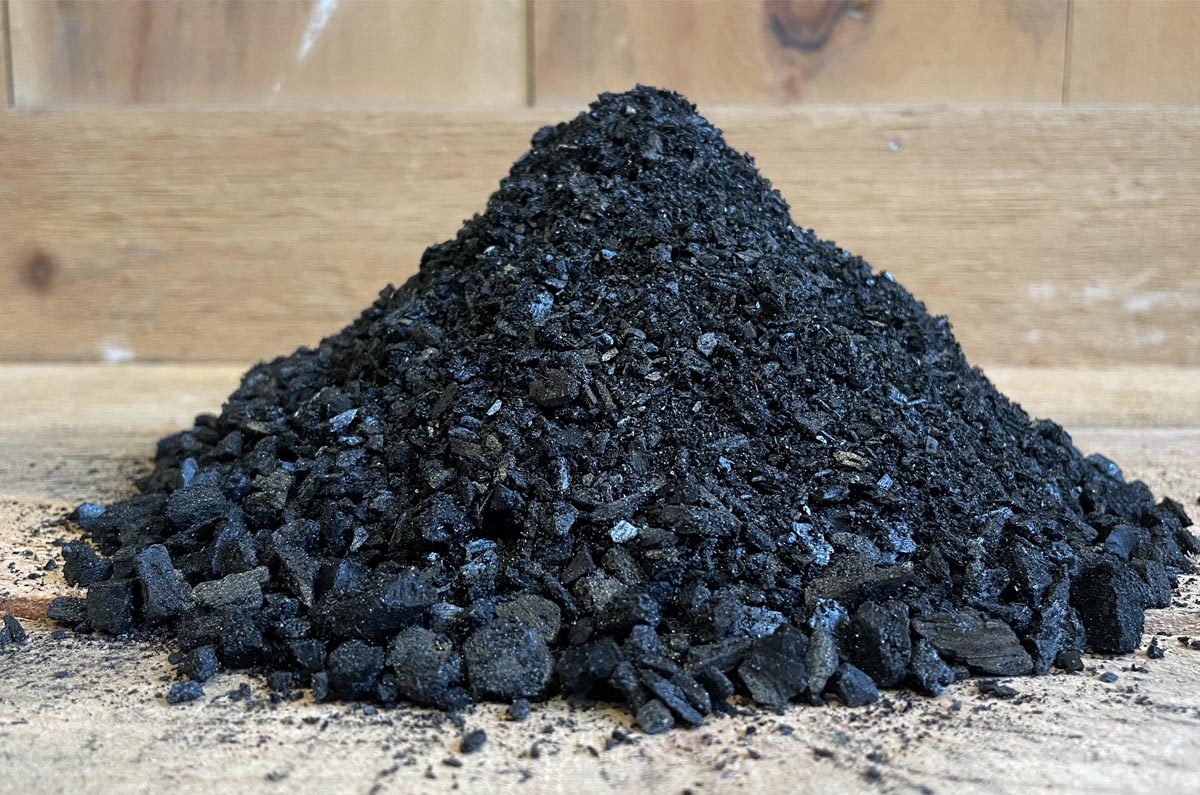Back in 2016, WAC Watershed Forester Tom Foulkrod wrote a blog about a white raptor he saw near his home in Stamford, NY. I spotted a white red-tailed hawk in the same area during the 2022 hunting season and again in the summer of 2024. Could it be the same one Tom wrote about?
Back in 2016, then WAC Watershed Forester Tom Foulkrod wrote a blog about a white raptor he saw near his home in Stamford, NY. I never overlapped with Mr. Foulkrod, but coincidentally, I now live across the road from Tom’s former residence. In the summer of 2022, I was deer scouting in the area where Tom said he saw the white raptor. This location has a lot of open fields, swamps, and patches of woods around the West Branch of the Delaware River. I heard the “Keeeeeer” call of a red-tailed hawk. I looked up to see a white red-tailed hawk soaring in the blue sky.
Could it be the same one? In Tom’s 2016 blog, a neighboring landowner said they’d seen the hawk for three years prior to Tom’s sighting. That would mean it was at least 9 years old when I first laid eyes on it. I saw the hawk quite frequently during the 2022 deer season.
Fast forward to summer of 2024. It had been quite some time since I’d seen the white hawk. I sort of thought the worst, that it had passed away. On my way in for another summer scouting hike, I heard that familiar call, and to my delight, it was the white red-tailed hawk. I was awestruck and I managed to capture some videos on my phone.
MyWoodlot video of a white red-tailed hawk. Turn the sound up to hear the “Keeeeeeer” call.
When I got home, I did some research about albino red-tailed hawks. First, it is probably not an albino, but more likely leucistic, which is a general term that means this bird’s melanin pathways are broken. Certain cells in its body cannot deposit melanin, and the result is that feathers turn white, not black and brown. I could not find an estimate on the probability of occurrence for a leucistic red-tailed hawk, but this article provides a rough estimate that 1 in 30,000 birds (birds in general, not just red-tailed hawks) are leucistic or albinistic. Suffice it to say, seeing a white red-tailed hawk is quite rare.
I also learned that the average red-tailed hawk lifespan is about 20 years, so this is likely the same hawk that Tom saw back in 2016. This hawk seems to stay in the same area. I’ve seen it during the winter before, so maybe it stays in Stamford year-round. I don’t know if it is a male or female, but I learned that males guard a territory of up to 2 square miles during nesting season.
I’m hoping to have some more encounters with my friend this hunting season and beyond. If you are interested to learn more about white red-tailed hawks, or just red-tailed hawks in general, check out the articles listed below:
- White red-tailed hawks present a rare scientific opportunity to study plumage variation and how leucism impacts things like lifespan and their ability to find a mate.
- 10 Fun Facts about Red-Tailed Hawks
- 13 Interesting Facts about Red-Tailed Hawks





